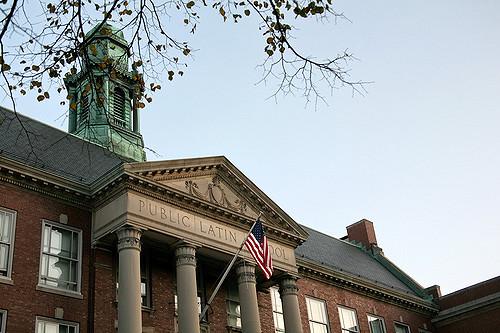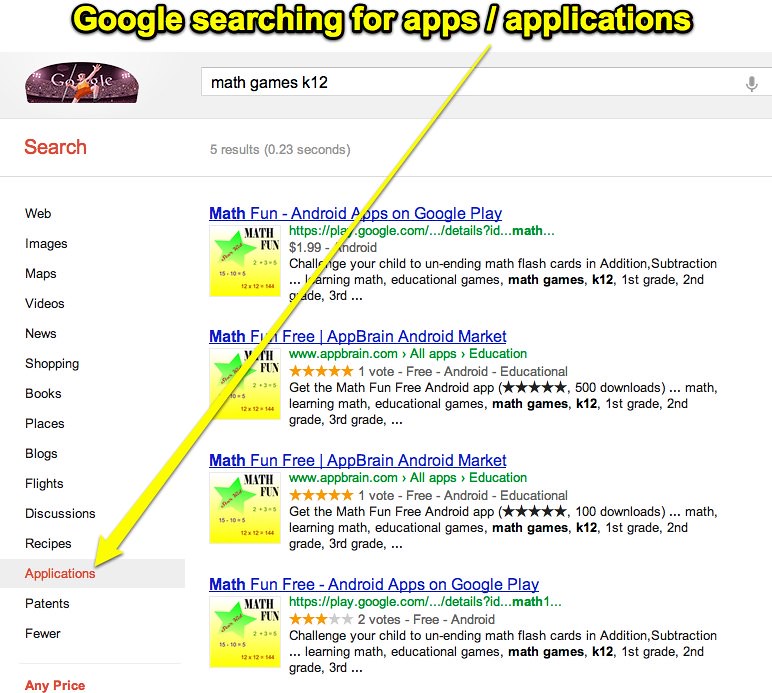
The terms "stock" and shelves can refer to different things. Stocks are items that can be bought or sold, but shelves are used for storing them. A shelf is a rectangular, rigid structure that is attached at right angles to the wall. This structure can also be used to store or support objects. Some examples of stocks include undealt cards, undelivered mail, and even the population of fish.
Proper shelf
Proper shelf storage is critical for food safety. Foodborne illness can be increased by stacking foods in an unnatural order. To prevent cross-contamination, stack foods in the order they were cooked at the lowest temperature to the highest temperature. Light-weight foods should be placed on the top shelf, while heavy items should be placed on the lower shelves. This will protect you from injury and damages caused by falling items.
Shelf stocking requires more than following a particular procedure. It also requires some knowledge about the products. It is helpful to look at product descriptions, do online research and talk with store managers about particular products. This will allow you to learn how to care for products and determine if they need to be replaced.

Stock vs. Shelf
Stock is a technical term for a shop. A shelf is defined as a rectangular, rigid structure attached at an angle to the wall. Its primary function is to store and support objects. One shelf could hold 100 shares. A shelf can also contain fish.
Retailers can use the data to determine which products have the greatest shelf space, which brands have too much or little shelf space. This metric can be used to determine whether a product is outselling its competition in terms of sales. If it is, it could be a smart idea to increase the shelf space that it has.
Stock identification
Your business can make it easier to provide a seamless omnichannel experience for customers by using electronic shelf labeling. This system allows for you to connect with your customer's smart phone, which will allow you to send targeted offers based on the behavior of that customer. You can also bulk update and add shelf labels. This allows for you to change price and marketing information before the store opens and has them ready when it is opened.
There are many types of labels, from thin, sticky shelf edge labels to simple stickers labels. Depending on what you need, there are several options for labels: permanent adhesive, removable glue, dry peel or no adhesive. Sticking to an insert into a data strip will typically result in permanent adhesive. The removable or dry-peel label will simply slide into its place. These labels can be easily removed from the inserts and repositioned.

Vendors are responsible for replacing expired or damaged stock
The Supply Chain Agreement (SCA) outlines the Vendor's responsibility for replacing expired or damaged stock. SCA says that the vendor must ensure that the inventory is free of defects and safe. The KeHE can request a copy or the latest audit report from the vendor, as well as the country of origin for the ingredients. The Vendor must provide this information within 30 days of delivery.
It is the responsibility and obligation of food pantries to replenish stock
One of the biggest challenges for food pantries is how to ensure they have enough food to feed their hungry customers. Pantries can improve their ability to replenish their stock with a number of strategies. These techniques are often easy to implement and can help make life easier for food pantries.
One way is to use HEI2010 scores. Pantries can use the formula to adjust and monitor stock levels. It is based on nutritional values. This method cannot be scaled for continuous self-monitoring and requires complex coding systems and nutritional conversions. FAST uses an aggregated score that includes foods from many sources. If it is done correctly, it may help the hunger aid system focus more on nutrition quality.
FAQ
What does it entail to be a teacher in early education?
Special training is required for teachers in early childhood education. Most states require teachers to be certified by their state boards before they can work in public schools.
Some states require teachers to pass tests on subjects like math and reading.
Some states require that teachers have completed a minimum number of courses related to early childhood education.
Most states have minimum requirements about what a teacher must know. These requirements can vary from one state to the next.
What is early education for children?
Early Childhood Education (ECE) is a field that helps children to become healthy and happy adults. It includes everything from teaching them how to read to prepare them for kindergarten.
Early childhood education's goal is to help children learn through age-appropriate experiences.
Early childhood educators are frequently called upon by parents to assess the developmental needs and abilities of any child they encounter. This helps to determine if a program is right for each child.
Parents also have the opportunity to meet teachers and other professionals who are familiar with working with young children in early childhood programs.
The role of parents is equally important in the early childhood education. They should know how to take care of their children properly and provide support and guidance when necessary.
Parents can also join activities to teach their children skills that will be useful throughout their lives.
While preschool education is sometimes called early child education, the term is also used interchangeably to describe daycare centers. Prekindergarten education begins at three years of age, but early childhood education can begin around three.
How much does homeschooling cost?
Homeschooling does not require you to pay a set fee. Some families charge between $0-$20 per lesson. Other families offer no-cost services.
Homeschooling takes dedication and commitment. Parents should have enough time for their children.
They should also have easy access to books, supplies, as well as other learning tools. To supplement their education, homeschoolers may need to use community programs and events.
Parents must consider the costs associated with transportation, tutors, and extracurricular activities.
Homeschoolers must also plan ahead to take part in field trips, vacations, or special occasions.
How much time should I devote to college preparation?
How much time you have available to study and how long it takes to prepare for college will determine the amount of time you spend on preparation. It is a good idea to start college preparation courses immediately if your goal is to attend college as soon after you graduate high school. However, if your plan is to delay attending college for several years, you may not need to start planning.
Your parents and teachers should be involved in your discussions. They might suggest specific courses. Keep track of all the courses you have taken and the grades you earned. This will enable you to plan for next year.
Do you think it is difficult to be a teacher
Becoming a teacher requires a major commitment. You will need time to study.
While completing your degree, you can expect to work approximately 40 hours per week.
In addition, you will need to find a job that fits your schedule. Many students report having trouble finding part-time jobs that allow them to balance their schedules with schoolwork.
You will likely teach classes once you have been hired as a full time teacher. You may even need to travel to different schools throughout the week.
When choosing a major, what factors should I consider?
You should first decide whether you would rather go straight into a profession or go to college first. You should then make a list outlining your talents and interests. You might be interested in reading, listening and watching music, or talking to people. Your talents can come from singing, dancing, drawing, painting, writing, sewing, cooking, woodworking, gardening, photography, carpentry, auto mechanics, plumbing, electrical wiring, computer programming, accounting, mathematics, chemistry, physics, engineering, medicine, dentistry, nursing, psychology, law, social work, teaching, etc. You can identify your talents and interests to help you choose a major.
Art history and fine art might appeal to you if you are interested in becoming an artist. Biology might be a good choice if you are passionate about animals. Pre-medicine, medical technology and medicine are options for those who want to be doctors. Computer science or computer networking is a great career choice for someone who wants to work in computers. There are many options. Think about what you want to do.
What's the difference between a university and a college?
A university can be described as an academic institution that offers higher education. It offers undergraduate and postgraduate courses in various fields.
A college is often smaller and less famous than a university. It may offer fewer courses but often has its own specialist departments.
Statistics
- Data from the Department of Education reveal that, among 2008 college graduates, 92.8 percent of humanities majors have voted at least once since finishing school. (bostonreview.net)
- They are more likely to graduate high school (25%) and finish college (116%). (habitatbroward.org)
- These institutions can vary according to different contexts.[83] (en.wikipedia.org)
- They are also 25% more likely to graduate from high school and have higher math and reading scores, with fewer behavioral problems,” according to research at the University of Tennessee. (habitatbroward.org)
- Think of the rhetorical power of nineteenth-century abolitionist Harriet Beecher Stowe, Martin Luther King, Jr., or Occupy Wall Street activists with their rallying cry of “we are the 99 percent.” (bostonreview.net)
External Links
How To
What is vocational education?
Vocational Education is an educational system that prepares students for employment after high school or college by providing them training in specific skills needed for a particular job (such as welding). Vocational Education also offers apprenticeship programs that provide on-the-job training. Vocational education differs from general education because it focuses on preparing individuals for specific careers rather than learning broad knowledge for future use. Vocational education does more than prepare for university. It helps people find jobs after graduation.
Vocational education may be provided at all levels of schooling, including primary schools, secondary schools, colleges, universities, technical institutes, trade schools, community colleges, junior colleges, and four-year institutions. You can also find specialized schools such a culinary arts school, nursing school, law school, medical schools or dental schools. Many of these schools provide both academic instruction as well as practical experience.
Over the last decade, several countries have made significant investment in vocational education. The effectiveness of vocational education is still controversial. Some argue it doesn't improve students' employability, while others argue it prepares them for the future.
The U.S. Bureau of Labor Statistics estimates that 47% of American adults possess a postsecondary certificate, or degree related to current occupation. This number is higher for those with higher education. 71% of 25-29-year-olds have a bachelor's or higher degree and are employed in areas that require postsecondary credentials.
In 2012, the BLS reported that nearly half of the nation's adult population had at least some form of postsecondary credential. A third of Americans have a two-year associate's degree and 10% hold a four year bachelor's degree. One out of five Americans held a master's degree or doctorate.
The median annual wage for individuals with a bachelor's in 2013 was $50,000. This was compared to $23,800 when they had no degree. For advanced degrees, the median annual wage was $81,300.
The median wage for those who didn't complete high school was $15,200. For those who did not complete high school, the median annual salary was only $15,200.